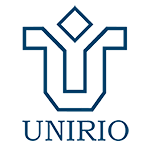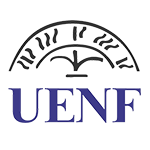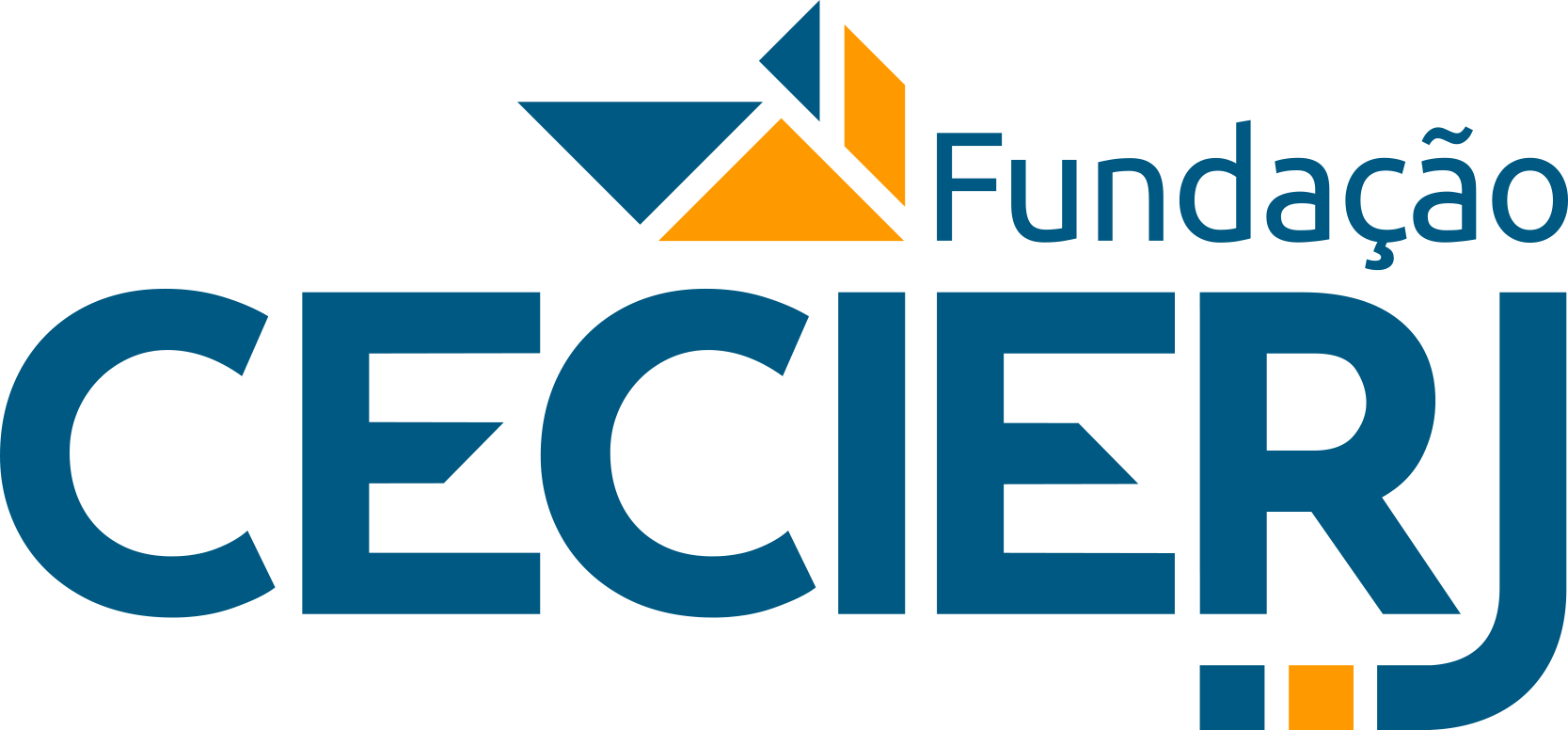MAP - Practical Evaluation Material in Distance Physical Education: Experience Report
DOI:
https://doi.org/10.18264/eadf.v10i1.969Abstract
The intention of this study is to report the learning experience with the Practical Evaluation Material (MAP) in video format in the Physical Education undergraduate course, in the distance modality. This is an experience report of a descriptive reflexive-critical nature referring to the experience in the construction, realization and recording of the materials. The objectives, proposals and duration of the videos of the practical subjects attended from November 2018 to September 2019 were reported, totaling five practices in the subjects of 1. School Gymnastics; 2. Collective Sports: Futsal and Football; 3. Individual Sports: Athletics; 4. Rhythmic and Dance Fundamentals and 5. Fights. It can be concluded that the use of ABPM as a tool for evaluating practical activities in the distance physical education course allows the future teacher to experience activities that will later be passed on to students at school, making the new teacher able to train and/or act at different levels of education and the various contents proposed by the subjects of the Physical Education course.
Keywords: Methodology. Teaching. Distance training
Downloads
References
ANDREATO, L. V.; COSWIG, V. S. Lutas. 2. ed. Maringá: Unicesumar, 2019.
ASSIS, J. V. de; COLPAS, R. D. A pedagogia esportiva e o ensino de futebol na escola. EFDeportes, Buenos Aires, n. 185, p. 1-6, 2013.
BRASIL. Decreto-Lei nº 5.622, de 19 de dezembro de 2005. Regulamenta o art. 80 da Lei nº 9.394, de 20 de dezembro de 1996, que estabelece as diretrizes e bases da educação nacional. Brasília, DF, 2005a.
BRASIL. Conselho Nacional de Educação/Conselho de Ensino Superior. Parecer
CNE/CES 15/2005. Esclarece as resoluções CNE/CP 01/2002 e CNE/CP 02/2002. Brasília, DF: MEC, 2005b. Disponível em: http://portal.mec.gov.br/cne/arquivos/pdf/ pces0015_05.pdf. Acesso em: 23 set 2019.
FERRARI, M. G. B. Por Que Dança na Escola? Curitiba: SEED, maio, 2012. Disponível em: http://www.arte.seed.pr.gov.br/arquivos/File/textos/porque_ danca_na_escola.pdf. Acesso em: 23 set 2019.
GIL, A. C. Como elaborar projetos de pesquisa. 5. ed. São Paulo: Atlas, 2008.
HERMIDA, J. F. A educação a distância: história, concepções e perspectivas. Rev. HISTEDBR, Campinas, Número Especial, p. 166-181, 2006.
MATTHIESEN, S. Q. (Org.). Atletismo se aprende na escola. 2. ed. Jundiaí: Fontoura, 2012.
MIRANDA, A. C. M. de; NAKASHIMA, F. S. Ginástica Escolar. Maringá: Unicesumar, 2017.
MOREIRA, M. A. A teoria da aprendizagem significativa e sua implementação em sala de aula. Brasília, DF: Universidade de Brasília, 2006.
ONTORIA, Antonio. Mapas conceituais:uma técnica para aprender. São Paulo: Loyola, 2005.
UNICESUMAR. Atividade MAPA no curso de Gestão de Recursos Humanos. Maringá, 8 jan. 2019a. Disponível em: https://www.unicesumar.edu.br/blog/atividade-mapa-no-curso-de-gestao-de-recursos-humanos/ Acesso em: 1 set. 2019.
UNICESUMAR. Plano de ensino do curso de licenciatura em Educação Física. 2019b. Disponível em: file:///C:/Users/Usuario/Downloads/a20831c30e92379c24917 903e0fcfdace4a271b268f83599c904d34f7f7106e493166bc51bbd104422f08f135a27434da109495a8104066aa7d305d172aad43a.pdf. Acesso em: 5 set. 2019.
VIEIRA, M. B. A importância da ginástica enquanto conteúdo da Educação Física escolar. EFDeportes,São Paulo, n. 180, p. 1-9, 2013.
Published
How to Cite
Issue
Section
License
Copyright (c) 2020 EaD em Foco

This work is licensed under a Creative Commons Attribution 4.0 International License.
All articles published in Revista EaD em Foco receive the license
Creative Commons - Atribuição 4.0 Internacional (CC BY 4.0).
All subsequent publications, complete or partial, must be made with the acknowledgment, in citations, of the Revista EaD em Foco as the original editor of the article.













